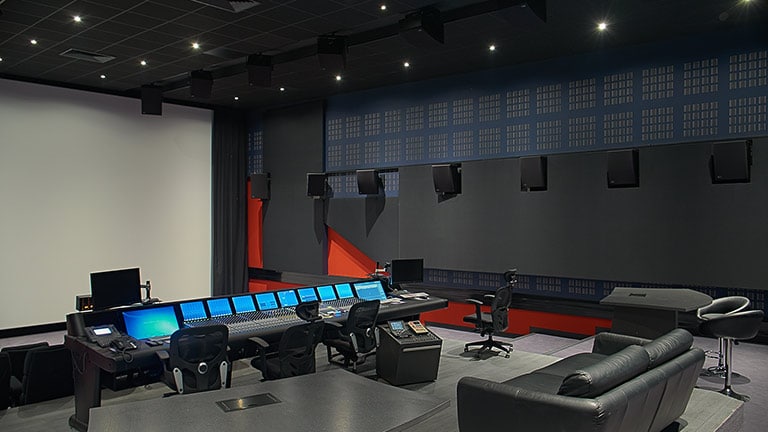The studio install guidlines are fairly new. I'm not sure when that room was installed or designed. I'm no expert but that room would have too little seperation IMO from the surrounds and heights. If they follow the Dolby studio guide the atmos speakers would be much more on top of the listeners. I wouldn't pay much attention to pictures of rooms that aren't following current dolby guidlines. I think you can find just as many examples that follow the current studio guidlines as well. Also, many that design rooms for a living such as Anthony Grimani also have their top/height speakers much more on top of listeners than you see in the Dolby Home Guidlines as well.I realise that, however, if you look at the pictures you will see that recording studios do the opposite, hence my post. Especially look at the the first picture on my post, the blue room. The height speakers are almost on top of the side surrounds. In your suggestion, which I agree and, which Dolby guides agree the height speakers should be nearer to the centre, hence increasing the angle between the surround and them.
Another way to think about it... all the pairs of speakers need to be able to create a stereo image between them... If they can't, then then are too far apart or you need another pair of speakers to fill the gap. For example if you follow the home guide on and with a 30degree for front height and 30 degree rear height (no middle speakers) there is no way you are getting a stereo image overhead. You will get a dead spot overhead IME.

